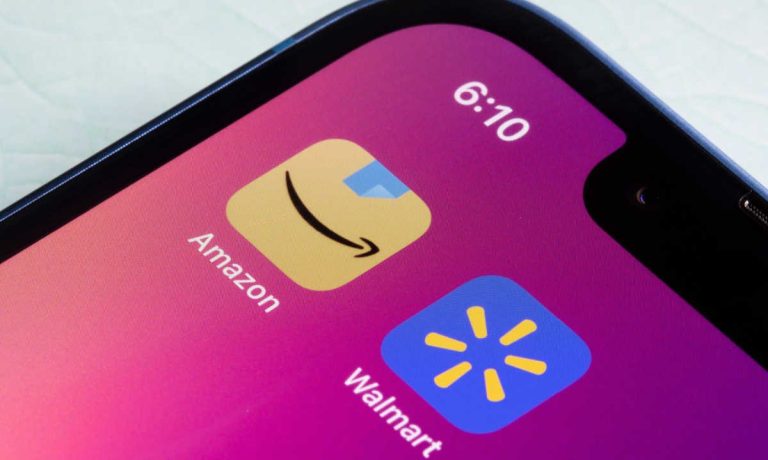
When news crossed this week that Walmart, the self-titled leader for “everyday low prices,” had struck a 10-year deal with UnitedHealth, it was likely unsurprising to most industry observers to see the word “affordable” prominently placed atop the announcement.
After all, that is what Walmart does, and its efforts to grow its exposure to this non-core industry are not being done because it likes to take on fresh challenges. It’s being done, as CEO Doug McMillon said, to bring the very same value and low prices you might find on a pair of pants, a shovel or a loaf of bread.
“We’re on a journey to transform health care, connecting more people to the right care at the right time — at a cost that makes sense [emphasis ours],” McMillon said in a joint company statement which rightly infers that healthcare costs often make no sense at all.
And therein lies the problem and the opportunity, for both Walmart and Amazon, as well as a growing number of other mass market brands and platform operators, all of whom are eager to apply their digital pricing and payments prowess, analytical abilities or marketing expertise to the towering and increasingly unaffordable healthcare industry that accounts for 20% of the domestic economy.
“This collaboration puts the patient at the center of health care by leveraging the strength and complementary skill sets of our two companies to accelerate access to quality care,” McMillon noted.
A Big Target
As much as Walmart promotes itself as a low price shop, one of Amazon’s commonly used slogans, “Just Ask Alexa,” not only reflects the eCommerce giant’s ambitions to build out its ecosystem of voice activated devices, but points to its plans to use those listening stations in new and different ways.
In fact, many of Amazon’s recent Alexa updates have been specifically aimed at the increasing tally of seniors who require — or soon will — some sort of assistance to enable them to live independently in their own homes.
And it’s not just about voice commerce, or price or even discount pharmacies, it’s about connecting all of the above to deliver a compelling and cohesive experience that consumers can afford.
As PYMNTS reported earlier this week, “for the Walmarts and the Amazons of the world, offering value care and virtual care creates a new avenue to connect payments to a broader ecosystem.” It’s an ecosystem, however, that is not only seeing large deep pockets like Walmart and Amazon enter the race, but numerous other brands too, including Walgreens pairing with VillageMD, and CVS’s $8 billion buyout of Signify, to name a few timely deals.
Price Check, Exam Room 6
To be sure, the healthcare industry is both big enough — and broken enough — for new and existing players to inject their own areas of expertise and hone in on new ways to make things better.
For the healthcare industry, where practitioners are typically loathe to criticize the work of a peer, where pricing is opaque at best and invisible at worst, and product and service reviews are often hidden behind paywalls, the Walmartization or Amazoning, if you will, of medical practices, pricing, billing and payments might just be the shot in the arm both industries need.
For all PYMNTS retail coverage, subscribe to the daily Retail Newsletter.